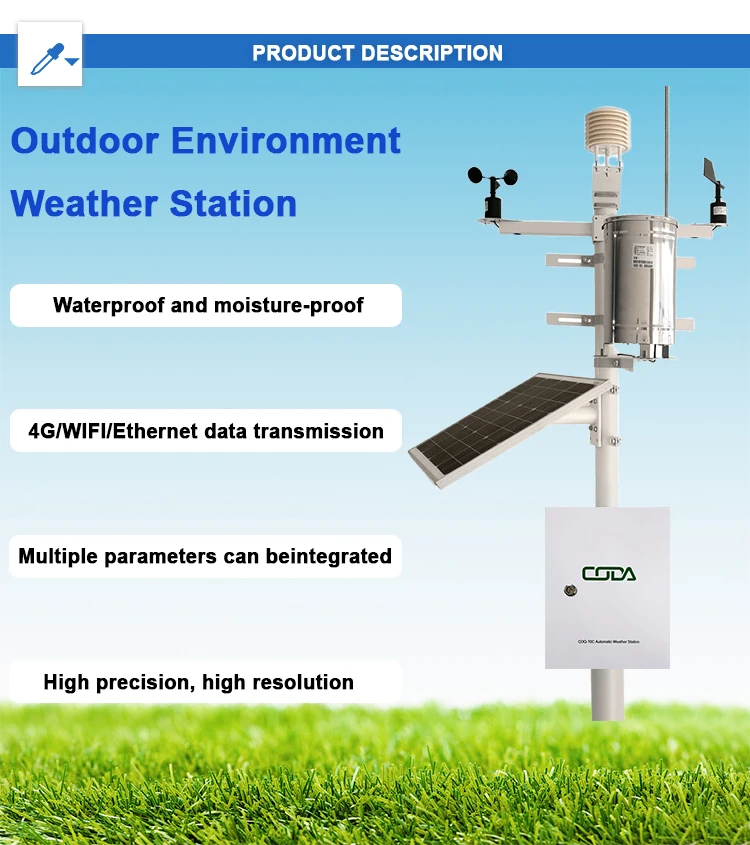
# Advantages and Disadvantages of Automatic Weather Stations
Automatic Weather Stations (AWS) have revolutionized the way meteorological data is collected and analyzed. These systems are widely used in various sectors, including agriculture, aviation, and disaster management. However, like any technology, they come with their own set of advantages and disadvantages. This article explores both sides to provide a balanced view.
## Advantages of Automatic Weather Stations
### 1. **Continuous Data Collection**
One of the primary benefits of AWS is their ability to collect data 24/7 without human intervention. This ensures a steady stream of accurate and up-to-date weather information.
### 2. **High Accuracy**
AWS are equipped with advanced sensors that provide highly accurate measurements of temperature, humidity, wind speed, and other meteorological parameters. This reduces the likelihood of human error.
### 3. **Remote Accessibility**
Many AWS are designed to transmit data remotely via satellite or cellular networks. This allows meteorologists and researchers to access real-time data from virtually anywhere in the world.
### 4. **Cost-Effective in the Long Run**
While the initial setup cost can be high, AWS eliminate the need for manual data collection, which can be labor-intensive and expensive over time. This makes them a cost-effective solution for long-term weather monitoring.
### 5. **Versatility**
AWS can be deployed in a variety of environments, from urban areas to remote and harsh locations like deserts or polar regions. Their adaptability makes them invaluable for diverse applications.
## Disadvantages of Automatic Weather Stations
### 1. **High Initial Cost**
The upfront cost of purchasing and installing an AWS can be prohibitive for some organizations or individuals. This includes the cost of sensors, data loggers, and communication equipment.
### 2. **Maintenance Requirements**
AWS require regular maintenance to ensure their sensors and equipment function correctly. This can be challenging, especially in remote or inaccessible locations.
### 3. **Dependence on Power Supply**
Most AWS rely on batteries or solar power, which can be unreliable in areas with limited sunlight or extreme weather conditions. Power failures can lead to data gaps.
### 4. **Limited Human Oversight**
While automation reduces human error, it also means there is less opportunity for human judgment to correct anomalies or interpret complex weather phenomena that sensors might miss.
### 5. **Data Transmission Issues**
In areas with poor network coverage, transmitting data can be problematic. This can result in delays or loss of critical weather information.
## Conclusion
Automatic Weather Stations offer numerous benefits, including continuous data collection, high accuracy, and remote accessibility. However, they also come with challenges such as high initial costs, maintenance needs, and dependence on power and communication networks. Understanding these pros and cons is essential for making informed decisions about their deployment and use.